Chinchillas are tiny animals that have recently been classified as pets. But if cats And dogs have been studied for a long time, then chinchilla owners have a completely logical question: “What to feed chinchillas at home? What should you keep in mind while feeding a chinchilla?”
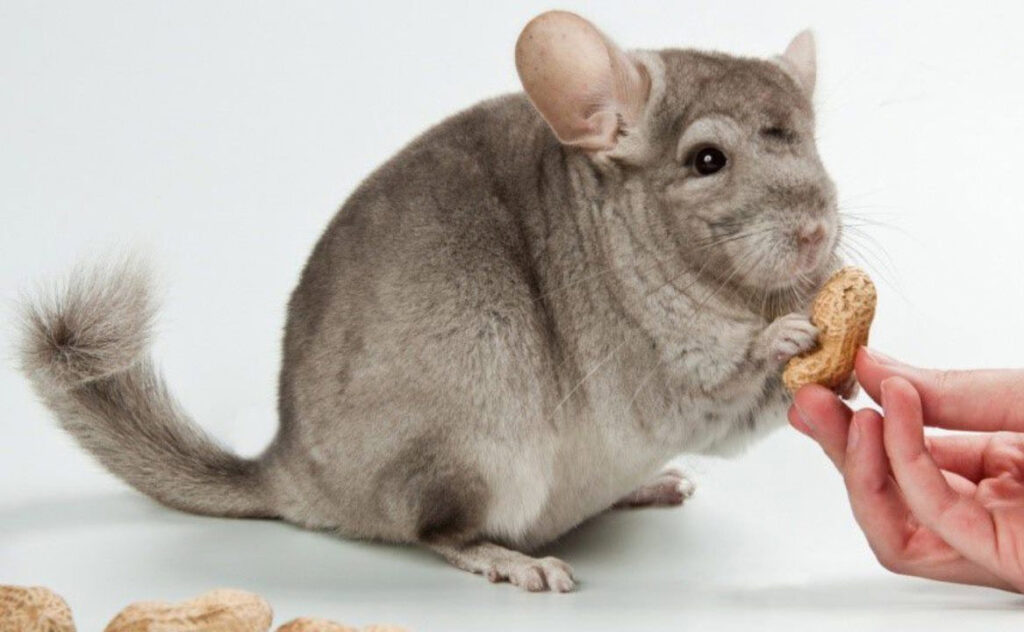
To answer the question, you must understand another: “What does a chinchilla eat in nature?” After all, based on this, you can determine what should be included in the food for chinchillas.
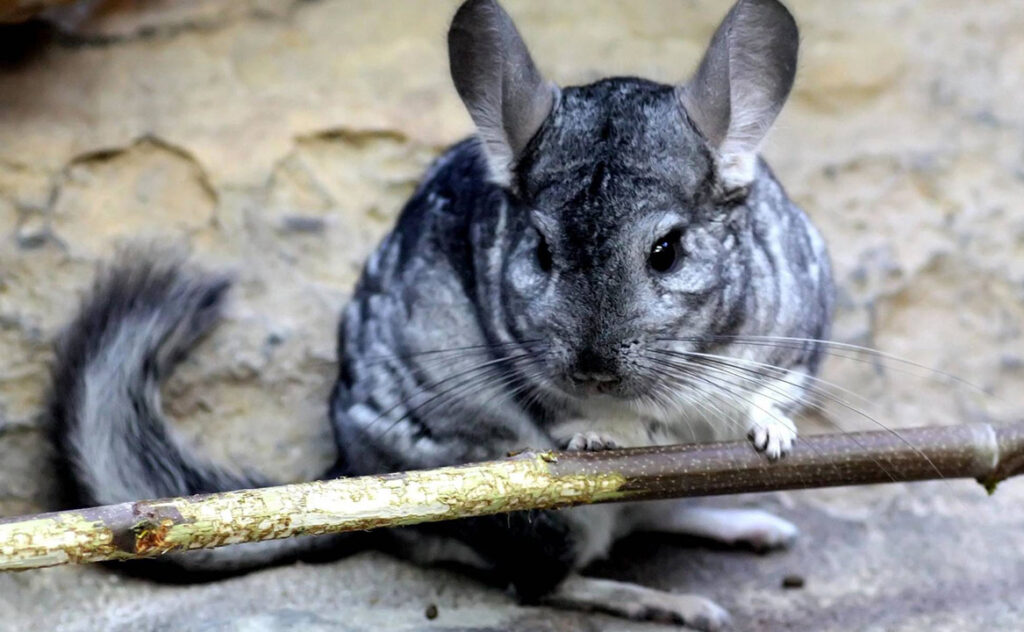
Since chinchillas are rodents, they eat the appropriate food: grass, cereals, legumes, mosses, branches, and other mountain vegetation. The animals also prefer to chew bark and even eat cacti, which helps them wear down their teeth.
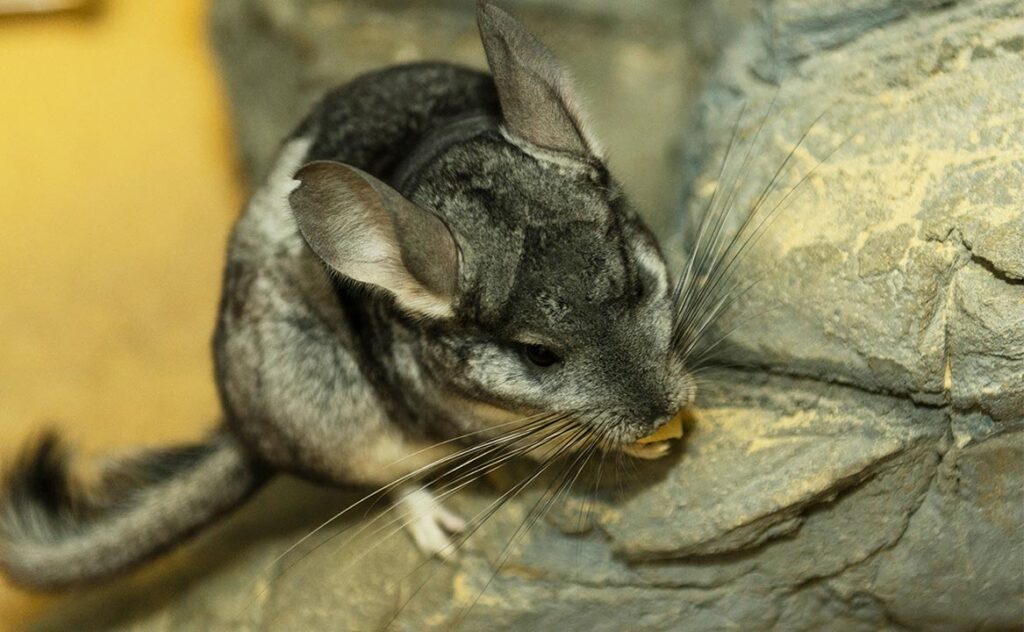
In addition, chinchillas can eat insects. They are not picky; in their natural habitat, they eat little, but under one condition: the food eaten daily must be very high in calories.
Video: chinchillas in the wild
https://www.youtube.com/watch?v=ZQp52LypQRM
What to feed a chinchilla at home
Feeding chinchillas at home is primarily a particular food. It is the basis of the animal’s diet. However, adding other products to the base is necessary to create a varied and balanced diet.
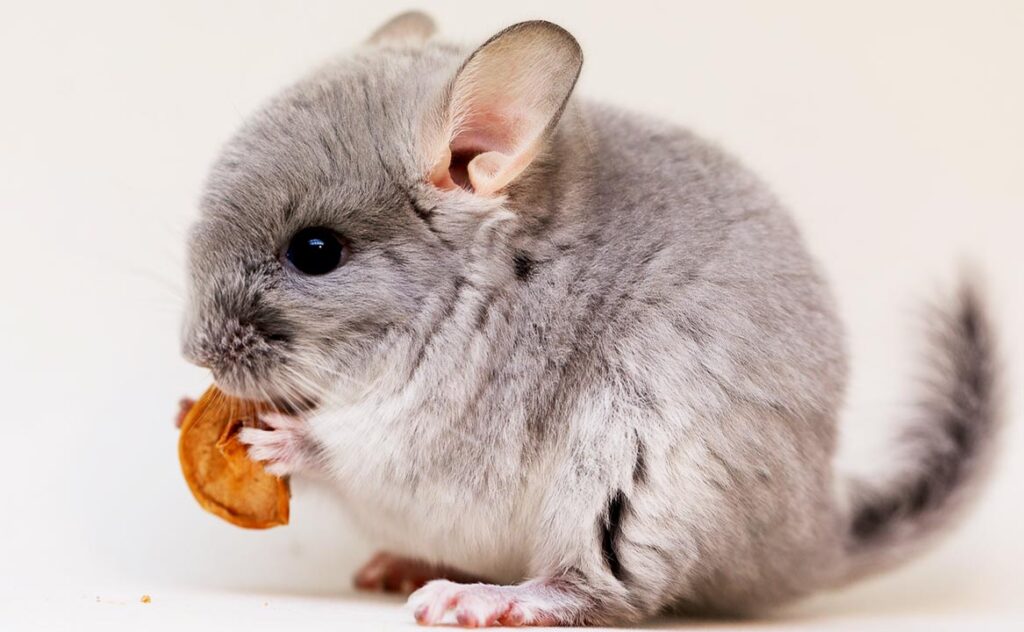
Main components for feeding chinchillas:
- grains;
- greenery;
- various delicacies.
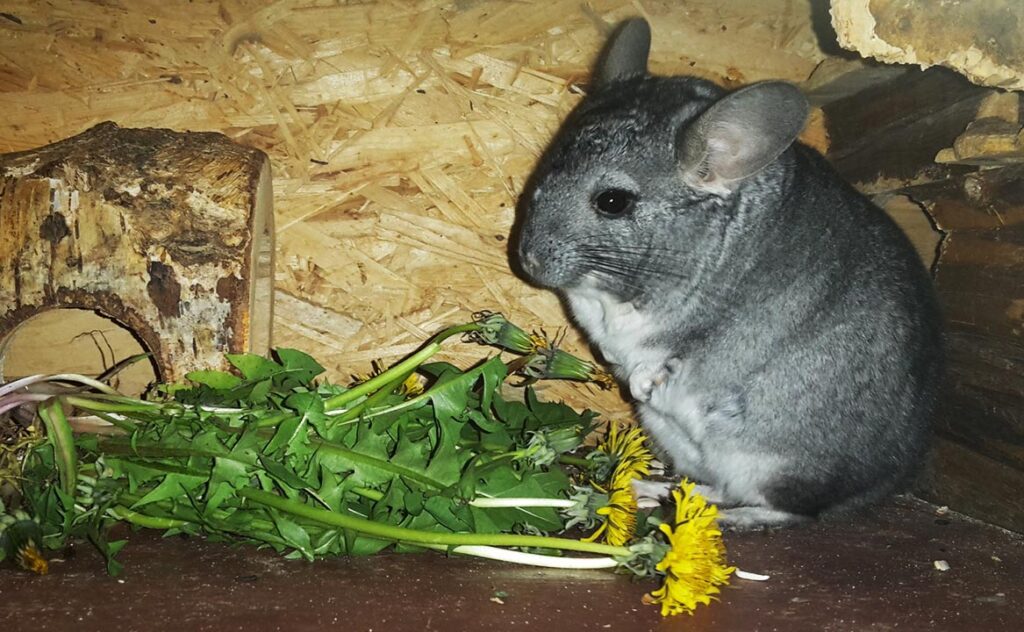
Each component is essential because the animal can get sick and even die if it does not receive one of the components. But in addition to these products, you can use additional ones:
- tomatoes, cucumbers, pumpkin, zucchini, carrots;
- pear, apples;
- carrot tops, peas, clover, burdock leaves, celery, plantain, nettle, sprouted cereals.

Chinchillas can be given melon, bananas, and raisins in small quantities. These foods are delightful, so they must be either wholly excluded from the diet or given in tiny amounts. Crackers or bread rolls also fall into this category.
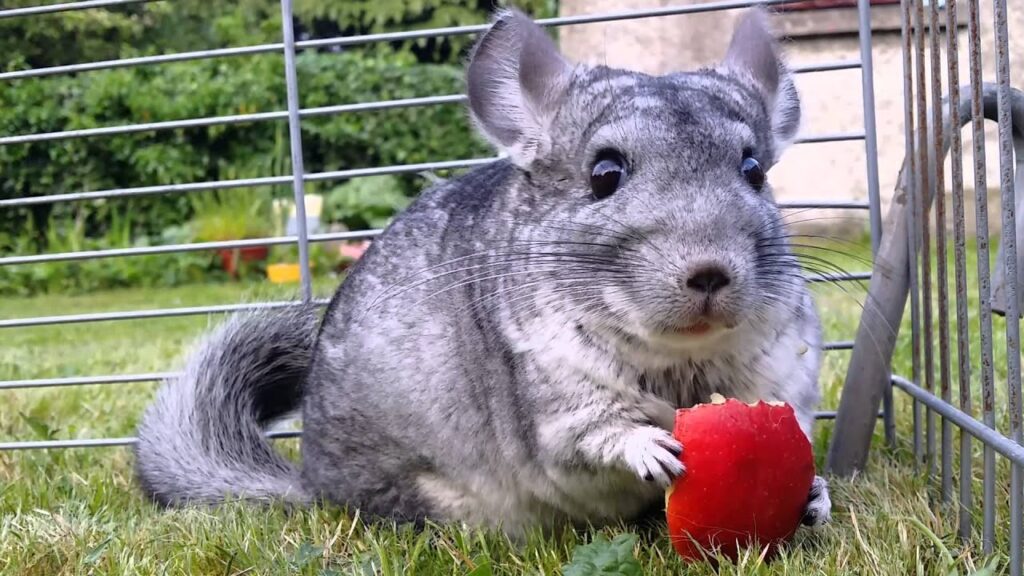
Treats include dried fruits and berries. They should be given often but in small quantities.
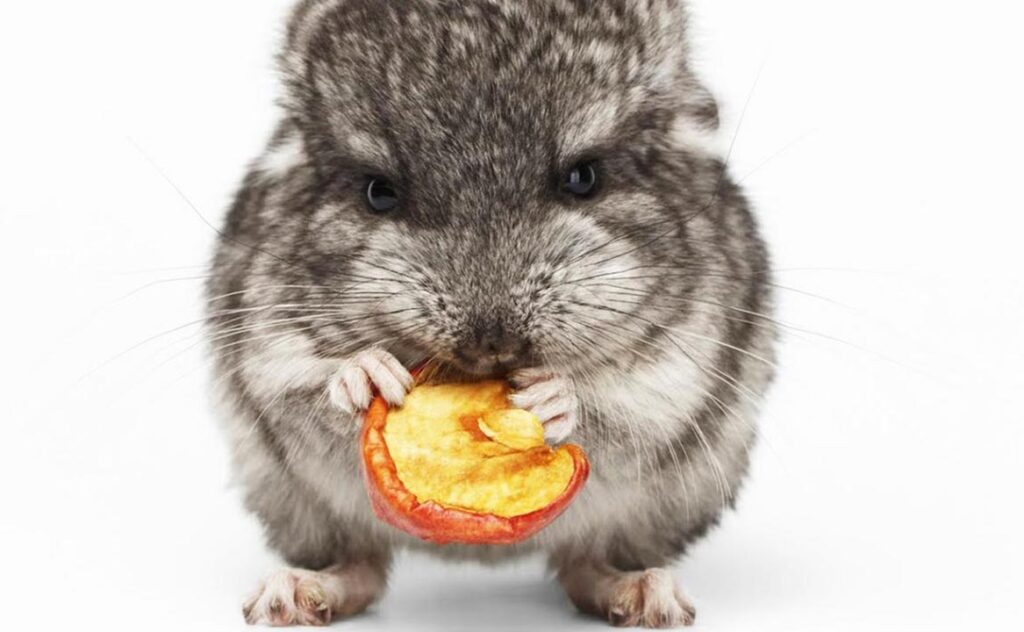
Many people wonder whether chinchillas can eat fresh vegetables and fruits. Animals are allowed vegetables and fruits, but only as a supplement. The animal may get sick if these products are the primary food. All vegetables for chinchillas must be thoroughly washed. Even though animals in the wild eat dirty vegetables without any problems, pets can get sick.
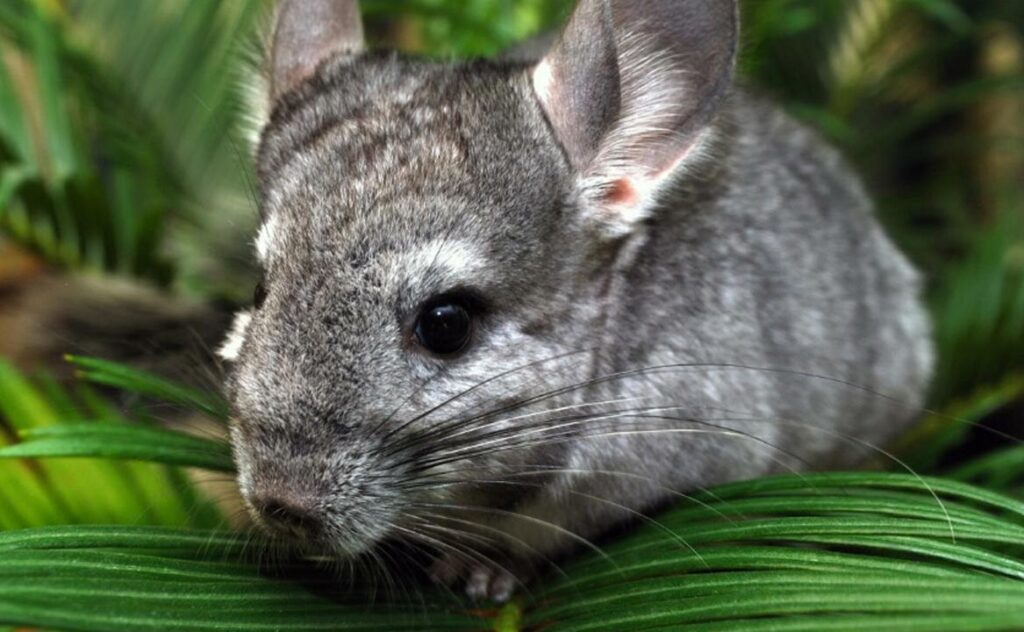
Chinchilla owners are interested in knowing which hay is best for their pets. Of course, high quality. This means that the hay should not be wet and cannot have a musty smell. The best option for chinchillas is hay, which consists of several herbs. You can also choose hay that contains alfalfa and clover, but these grasses can also be mowed yourself during their flowering period.
Granulated food for chinchillas
Lately, pelleted foods have become very popular. Their advantage over regular ones is that chinchillas eat the pellets completely rather than selecting individual components.
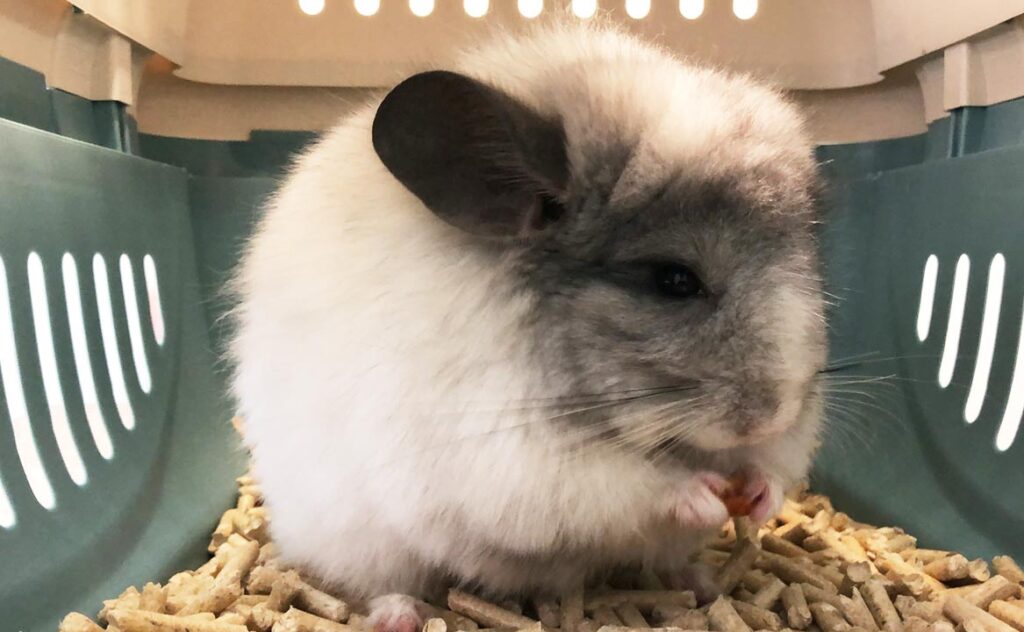
The best food for chinchillas should have the ideal composition. This is important since the food must cover all the animals’ needs.
Pelleted food has a common basis:
- grains;
- vitamins;
- calcium.
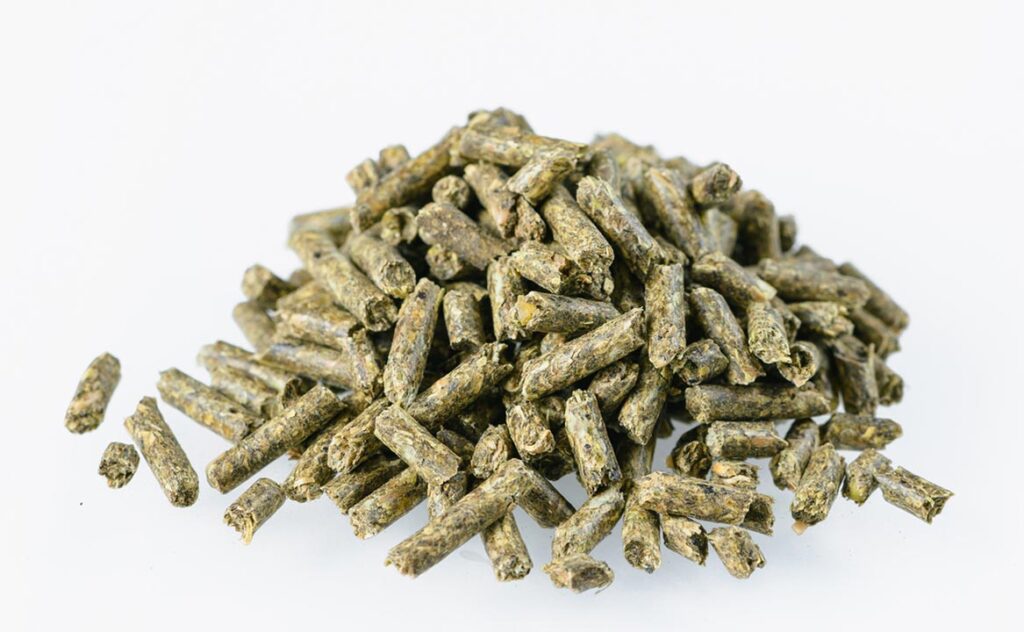
When purchasing food, you must pay attention to the percentage of components. Fats should not exceed 5%. Ideally, the ratio looks like this:
- 15-18% proteins;
- 17-25% fiber;
- 3-5% fat.
A delicious food should contain many grasses, grains, and the correct vitamin supplements. It is also essential that the food contains large amounts of calcium, fluorine, iodine, and iron.
What not to feed a chinchilla
Feeding chinchillas at home carries several risks. Many owners make mistakes and give their animals food they cannot eat.
Domestic chinchillas do not differ from wild ones in the need to grind their teeth. Rodents can be given branches, sticks, and various driftwood for grinding. The main thing is to carefully study the wood given to the chinchilla for grinding down its teeth. An extensive list of trees is strictly prohibited from being given to these rodents. These are cherry, plum, maple, elderberry, almond, apricot, peach and nectarine, sequoia, spruce, citrus and many other trees.
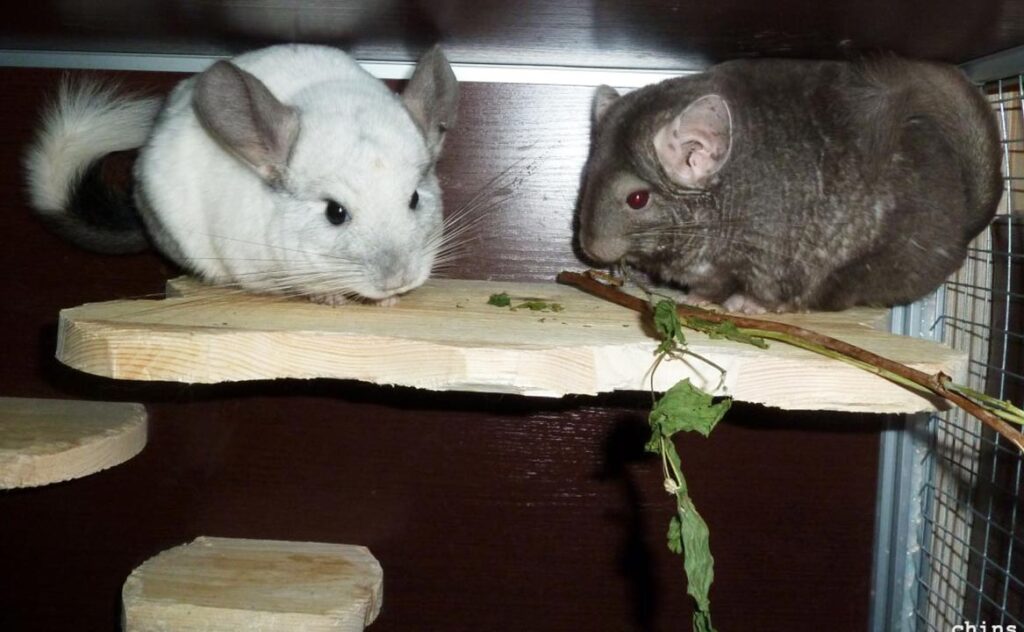
Under no circumstances should you add black nightshade, datura, white hellebore, fern, horsetail, rush grass, cornflower, and raven’s eye to your chinchillas’ grass food. These plants are poisonous and can harm the rodent.
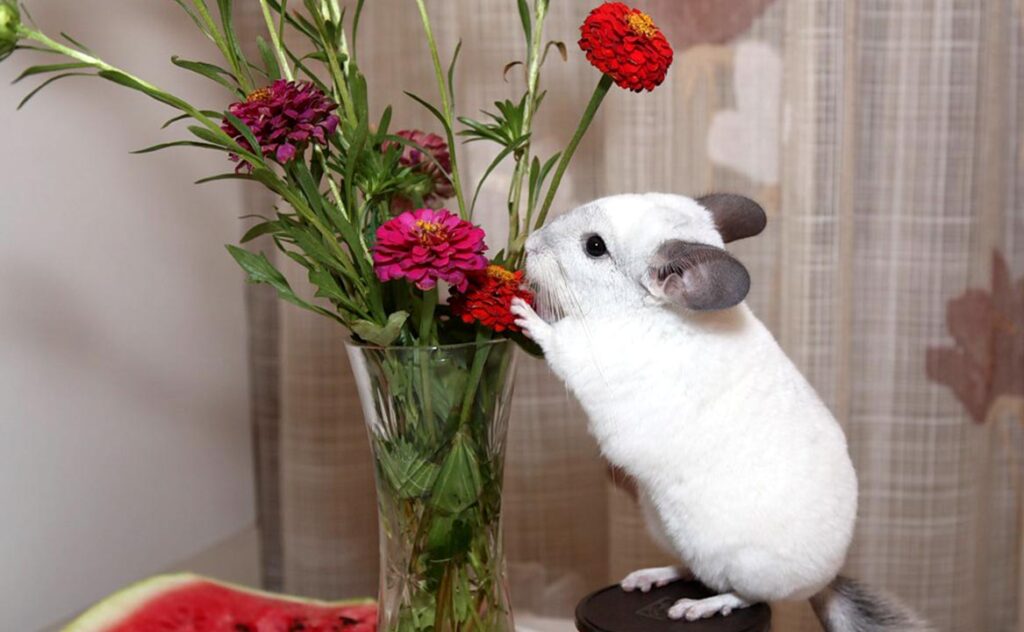
Cottage cheese and other animal products are also harmful to animals. This category also includes seeds and nuts that destroy the animal’s liver. Cabbage is another taboo food that can cause intestinal problems in chinchillas.
How many times should you feed your chinchilla?
Chinchillas are nocturnal animals, so they must be fed in the evening. They were feeding the animals once a day, which is enough. In addition, you need to change the water regularly.
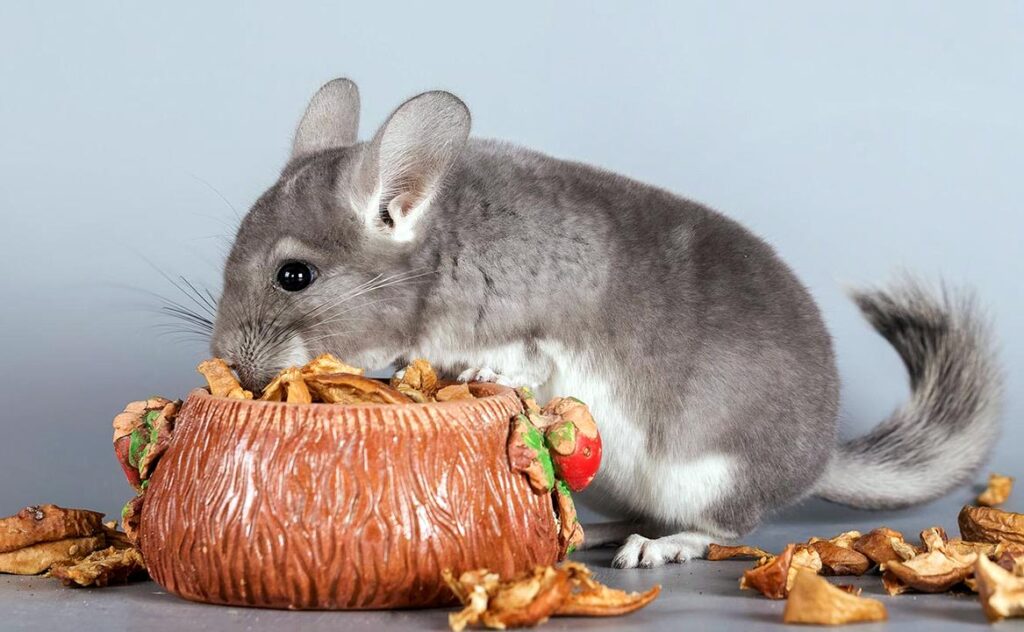
Thus, grain products, greens, some vegetables, and fruits are among the foods you can feed your chinchilla. Despite this, it is essential to play it safe and check whether the chosen product is suitable for feeding a rodent.
Video: chinchilla nutrition




